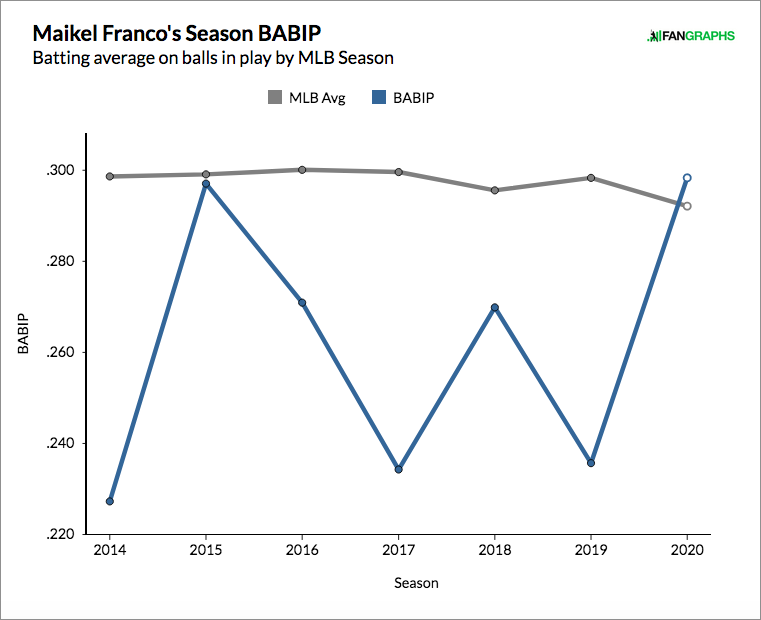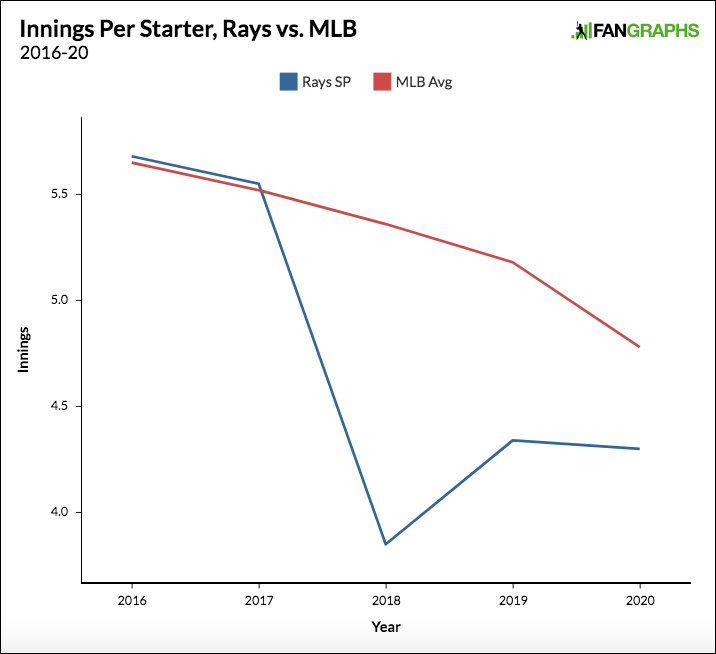In 2020, for the first time in three seasons, the Miami Marlins finished above dead-last in the majors in home runs. You can blame some of that bad stretch on Marlins Park, which is decidedly pitcher-friendly in the way it suppresses homers. But mostly, it’s because the team just hasn’t had good power hitters. From 2018-19, just three players logged 20 homers in a season, with the highest total being Starlin Castro’s 22. The additions of Jesús Aguilar and Corey Dickerson helped to bolster the team’s totals in 2020, but the Marlins still only out-homered four other teams. It isn’t as though the team can’t hit — Miguel Rojas, Jon Berti and Garrett Cooper were all well above-average hitters last year despite combining for just 12 homers. Miami just lacked an true established slugger in the middle of the order.
On Tuesday, the Marlins took a step toward remedying that by signing free agent outfielder Adam Duvall. The deal is an interesting one — it guarantees Duvall $5 million, but will only pay him $2 million in 2021. The rest will come in 2022, either in the form of a mutually agreed-upon second-year at $7 million, or a $3 million buyout. The mutual option cost, if exercised, would award Duvall a decent chunk of money — the same amount that Adam Eaton and Joc Pederson signed for this winter. Even if it isn’t, however, the $5 million guarantee itself isn’t bad for a slugger in his 30s who just two years ago spent the majority of the season in Triple-A.
The Marlins are hoping the version of Duvall they get is similar to the one who broke out with the Reds back in 2016. That year, he was a surprise All-Star, and finished the season with a .241/.297/.498 line, 33 homers, a 104 wRC+ and 2.4 WAR. He knocked out 31 more homers and notched 1.6 WAR the following year, further establishing the kind of player Duvall could be when things were going his way. He was a right-handed power bat capable of good defense in an outfield corner, but one who was also going to strike out a lot without walking enough to salvage a league-average on-base mark.
In 2018, we found out what kind of player Duvall is when things aren’t going his way. The power that comprised all of his value fell off considerably, and he finished the year with just 15 homers and a 69 wRC+. He was particularly bad after being traded to Atlanta in July (.132/.193/.151 with zero homers in 57 PAs), and started the 2019 season in Triple-A. It seemed like a sign of where Duvall’s career was headed — his weaknesses exposed, he was now a luxury power bat for playoff teams to keep on the fringes of their roster, never to be trusted with a full-time opportunity.
And yet, he’s since earned that trust back. He was a force at Triple-A, hammering 32 homers in 101 games. The Braves couldn’t fit him into their crowded outfield until the last week of July, but once they did, he was suddenly an everyday player in the majors again. He hit .267/.315/.567 with 10 homers in 41 games to finish the season. With the helpful addition of the DH in the National League, Duvall kept that everyday role in 2020, slashed .237/.301/.532, and homered 16 times, making him one of just 14 hitters to hit at least that many last year. That included one torrid stretch during which he recorded two three-homer games just one week apart.
Being able to capitalize on his power with this kind of frequency is what helps Duvall make up for his low batting average and walk rates. Because of the limits placed on his playing time over the last couple years — first because of the Braves prioritizing other outfielders, then because of the pandemic — his 26 big league homers since the start of 2019 have him tied for just 124th in the majors. But if you take all players with at least as many home runs as Duvall in that time and divide those totals by their number of plate appearances, he emerges as one of the best bang-for-your-buck power hitters of the last couple seasons.
Highest Home Run Rate, 2019-20
Minimum 26 home runs
Keep in mind, this leaves out the 32 homers he hit in 429 Triple-A plate appearances at the start of 2019 — a HR/PA rate of 7.45%. And as you may have noticed in the last video clip above, the Marlins have had a front row seat to Duvall’s most explosive performances. That kind power output is what Miami is hoping to acquire in this deal, and while the transition to the more pitcher-friendly ballpark may pose some challenges, there’s some reason to believe it shouldn’t hamper him too much. According to Statcast’s Expected Home Runs by Park feature, the number of home runs Duvall would have hit in Miami since the start of 2019 (28) is the same number he actually hit for Atlanta.
As for as the rest of the Marlins lineup, there are all sorts of effects signing Duvall can have. Right now, our RosterResource page has him starting in right field, with Dickerson in left and Starling Marte in center. Such a construction, however, would signify a huge step toward giving up on Lewis Brinson, the former top prospect who headlined the Christian Yelich trade return, but has been 2.8 wins below replacement level in three seasons with Miami. Abandoning plans for Brinson could prove too unnerving for management to go through with, though, and the above arrangement would also leave out Magneuris Sierra and Cooper. Instead, it seems likely that without the designated hitter in 2021, the Marlins will platoon the outfield quite heavily — with Dickerson and Duvall splitting up left and some combination of Brinson, Sierra and Cooper taking right, with Cooper also splitting first base reps with Aguilar.
The logistics of adding Duvall, then, are a headache the Marlins didn’t really need to volunteer for. He does, however, make them better, which makes this a fun move. Even after a surprise entry into the second round of last year’s playoffs, a run at contention for Miami in 2021 still feels far-fetched, and Duvall doesn’t change that. But for an offense that managed to be close to league-average last year while getting by on little more than spunk, his muscle will be a welcome addition — especially for Marlins fans who have waited years for another fearless slugger to swing it for their side.


